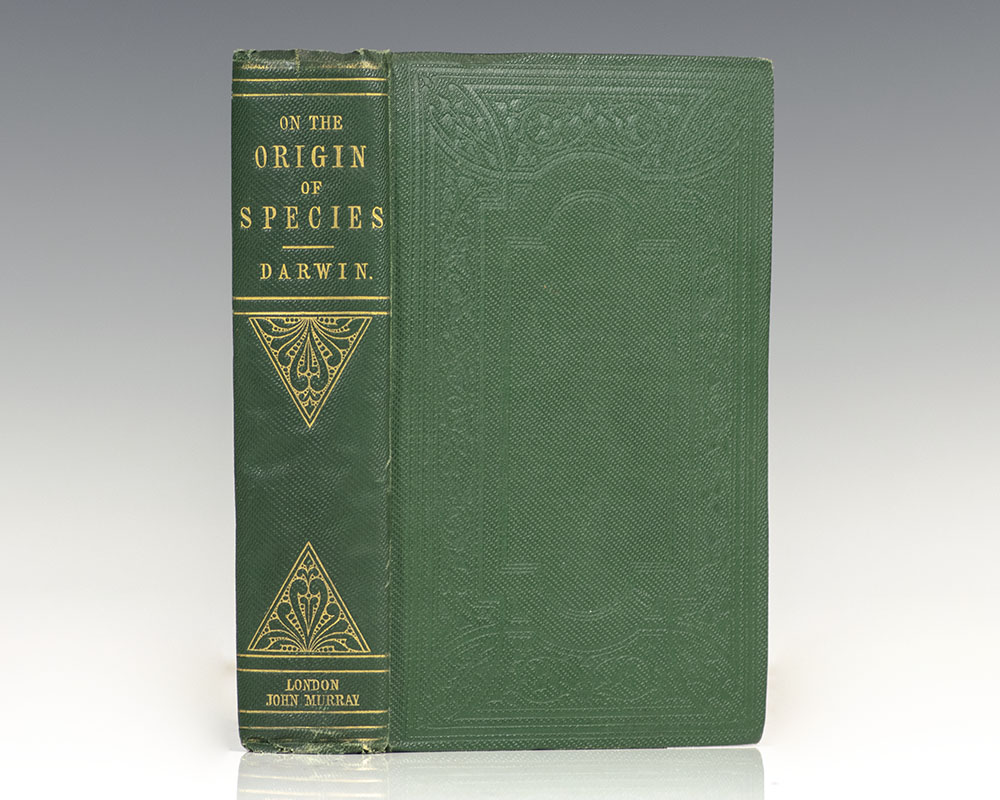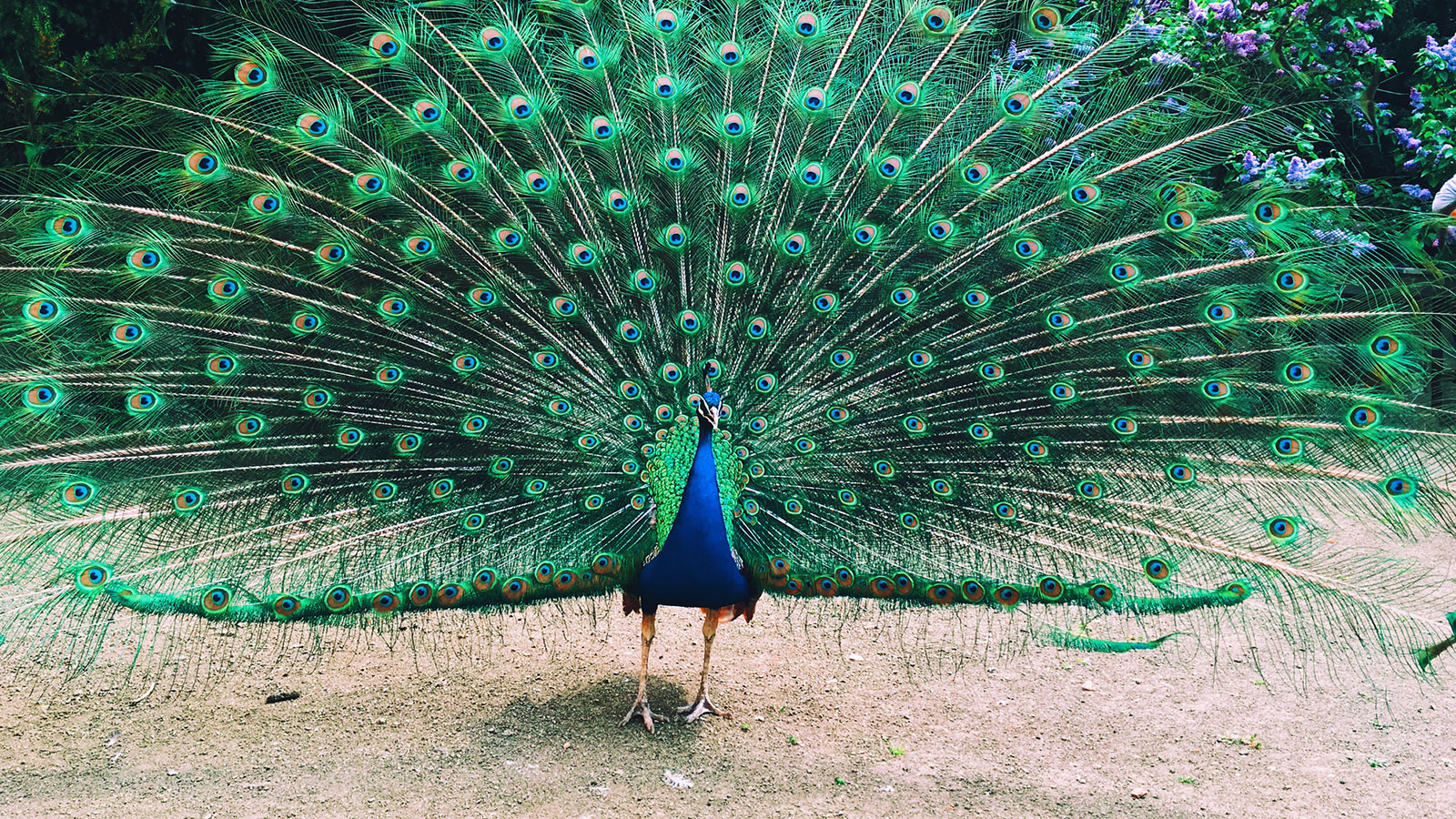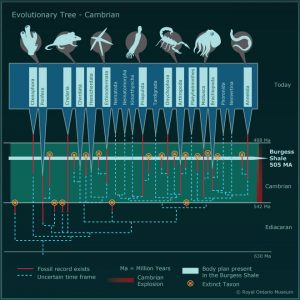In 1859 Charles Darwin changed the world with the publication of his most famous work “On the Origin of Species by Natural Selection” commonly referred to simply as The Origin of Species. In that book Darwin provided an enormous amount of evidence for the existence of evolution as a phenomenon, that is he presented a wide variety of examples of how populations of living creatures do change with time, even on occasion splitting into different species. (Darwin by the way never liked the term evolution preferring the simpler, and more accurate “Descent with Modification”.)

In Origin of Species Darwin also proposed natural selection as a mechanism that drove evolution. According to natural selection on occasion an individual is born with a new trait caused by a mutation. How these mutations occur Darwin had no idea, biology at that time had no knowledge of genes or DNA, but he had plenty of evidence that they did in fact occur. If the new trait was advantageous to the individual in their environment then that individual would live longer than the other members of its species and more importantly, have more offspring who would inherit the advantageous trait. Again Darwin had no knowledge of how traits were inherited he just knew that they were. Before long the population with the advantageous trait would have out bred those without it and over time, advantageous trait by advantageous trait the species would adapt better to living in its environment. It would evolve.


But even as he argued the case for natural selection Darwin realized that there were some traits, like the long ornate feathers on a peacock or the large antlers on deer, which did not provide any obvious advantage to individuals of the species that possessed them. Darwin noticed that these traits that natural selection could not explain always seemed to be related to a difference between the male and female of the species, peahens do not have long ornate feathers nor do female deer have antlers for example. Such traits are technically called sexual dimorphisms, which Darwin realized arise because males, who produce a large number of sperm cells, benefit by having sex with as many females as possible while females, who produce a smaller number of egg cells, benefit by reproducing with the best possible males.

In Origin of Species Darwin suggested that these traits might have evolved so that an individual might gain an advantage, not in living longer but in having sex more often and called this driver of evolution Sexual Selection. In his later book “The Descent of Man, and Selection in Relation to Sex” Darwin expanded on the workings of sexual selection to describe the fighting of male elephant seals, the displays of male birds of paradise and even the calls of male songbirds.

As an example of how sexual selection works I’ll use a species of fish that I used to keep in my aquarium as a kid, the swordtail. A native species of Central America only the male swordtail has the elongation at the bottom of the tail that gives the species its name. It is a sexual dimorphism. Anyone who has kept these fish as pets knows that female swordtails prefer to mate with those males who have the longest tail and so those males have more offspring and over time the species gets longer tailed males.

But it works on the females also. Those females who have the stronger preference for long tailed males will not only mate with those males first, but more often producing more female offspring who prefer longer tails. Sexual selection drives both sexes toward greater enhancement of the sexual trait. And in the years since Darwin’s time many examples of sexual selection have been studied largely confirming his views.

Darwin also theorized that since it was the males who competed for the females sexual selection would become more important in species where males outnumbered females, making the competition that much more important. In other words with few females around a male would have to work harder in order to be able to mate. Recent studies however have indicated that in this one instance Darwin may have gotten things exactly backwards.

A new paper with lead author Tamas Szekely, Professor of Biodiversity at the Milner Center for Evolution at the University of Bath presents evidence from 462 species of mammals, reptiles and birds. The study measured the strength of sexual selection on a species by the ratio of male weight to female weight. As an example consider elephant seals where the males can weight more than twice what a female weights and where the males fight tremendous battles between themselves in order to maintain a harem of females. In the species studied what the researchers found that competition amongst males was actually strongest in those species where females outnumbered males.

The researchers also examined some of the ways that one sex can outnumber the other in a species, since most species of vertebrate start with a 1:1 ratio at birth. Sometimes predation can be the cause of the imbalance as in the way African lions kill about six times as many male buffalo as females because males tend to graze alone while females are more likely to stay in large herds where they’re more protected. And of course the violent competition between males for females, such as in elephant seals and lions, will also lead to an shortage of males increasing the strength of sexual selection still further. Sexual selection is a powerful force in nature generating many of the odd and unusual features we see in the animals around us. Even if Darwin did get one facet of it wrong his discovery of and description of sexual selection is another one of the great achievements of that great scientist.



